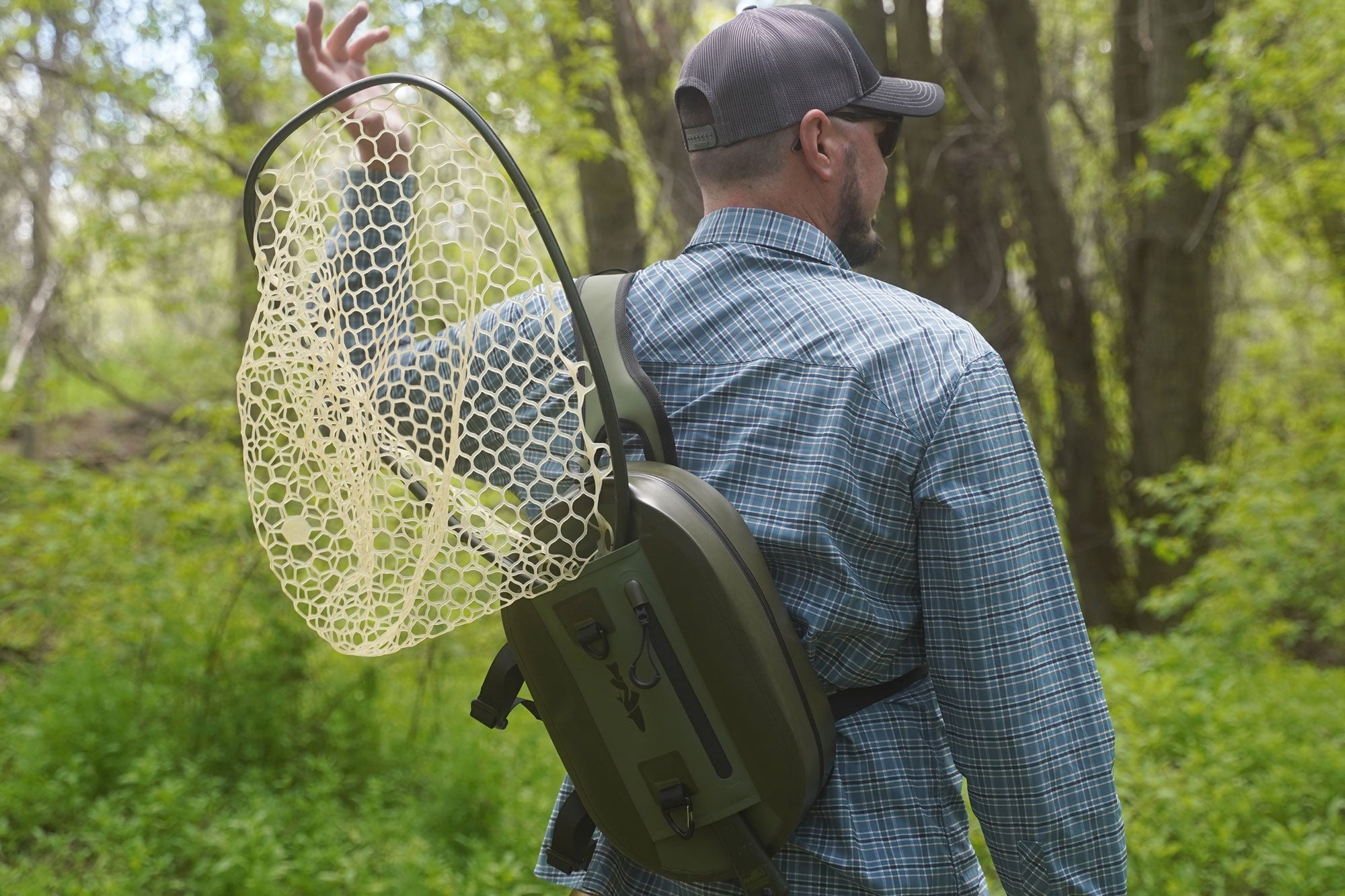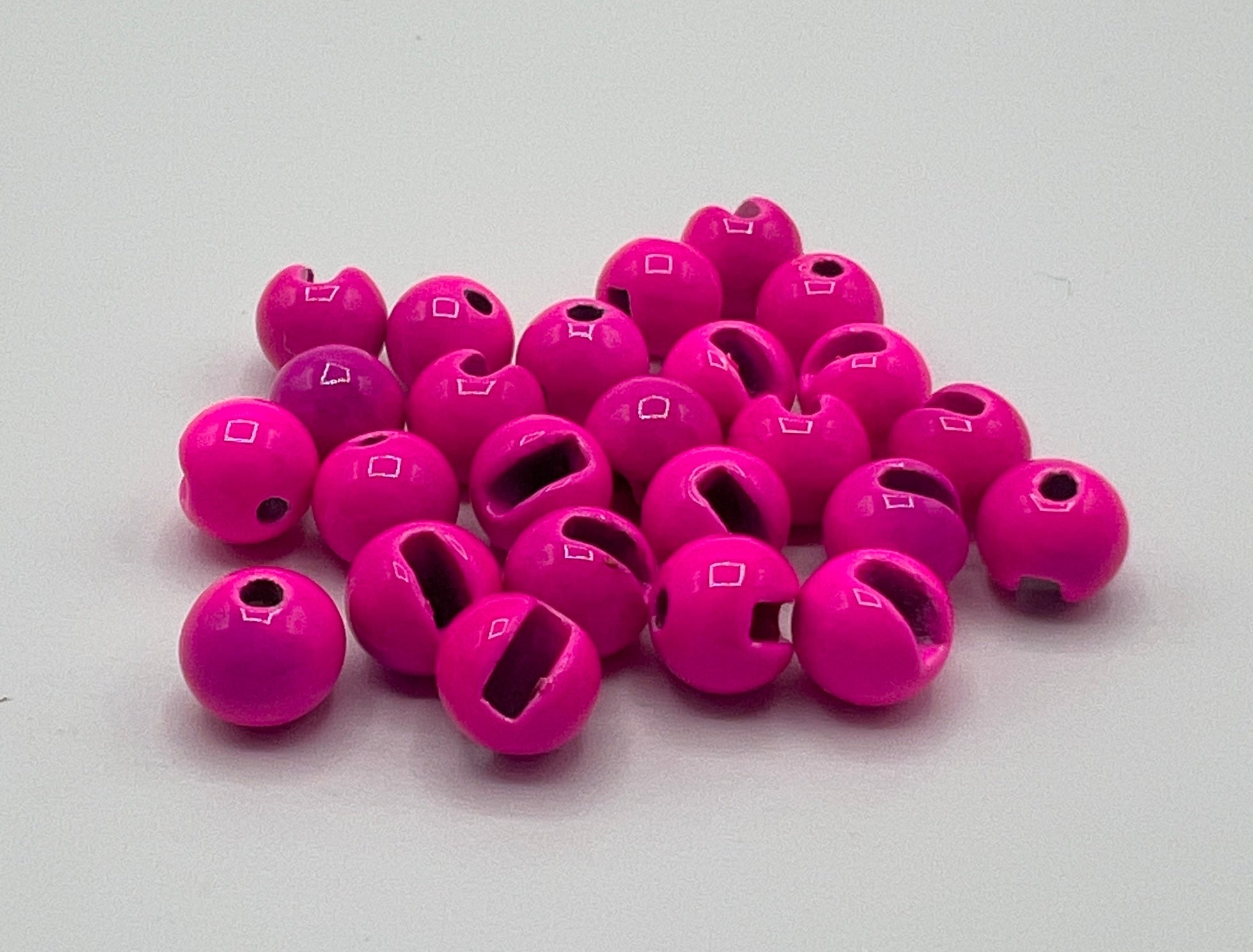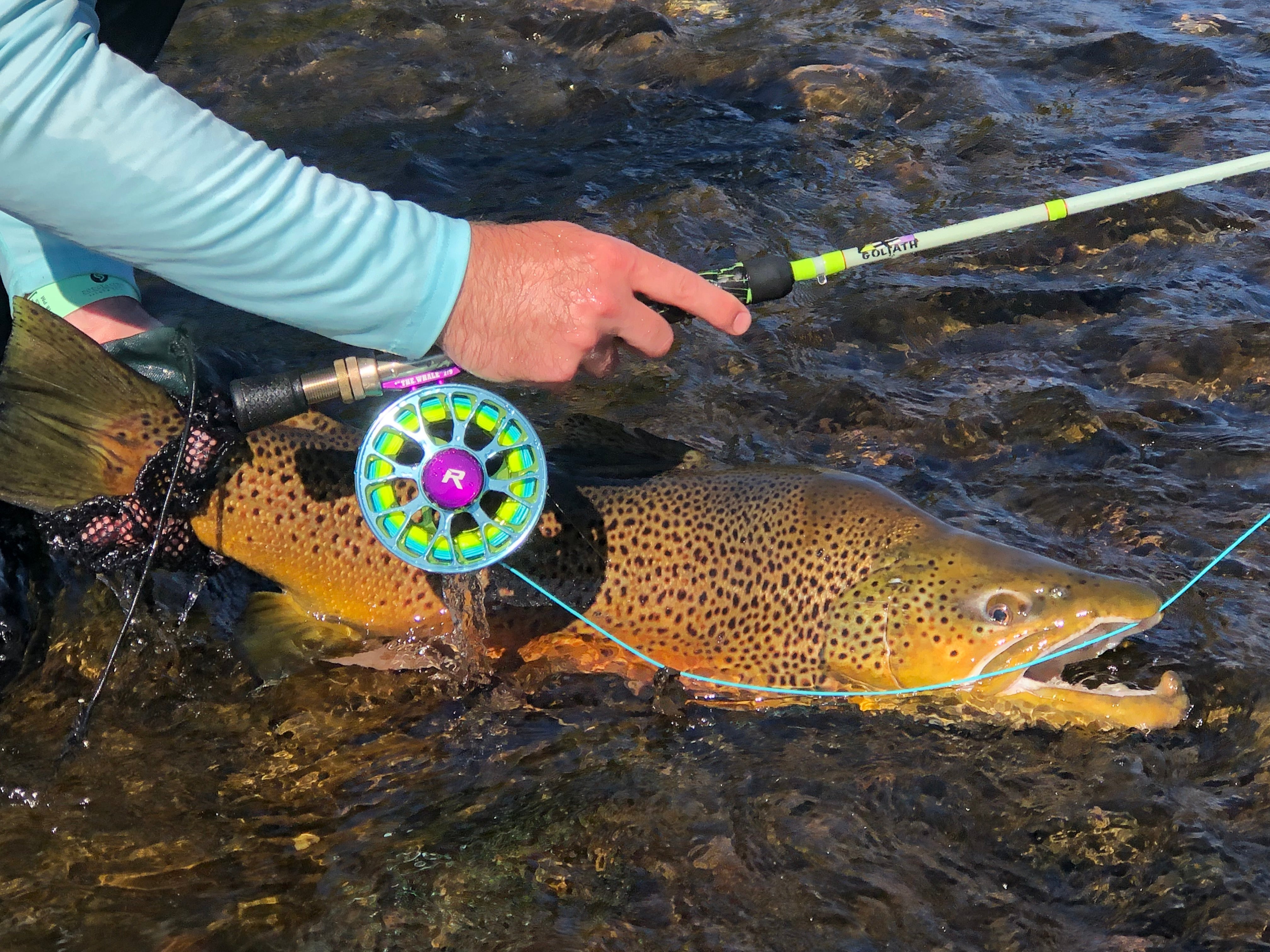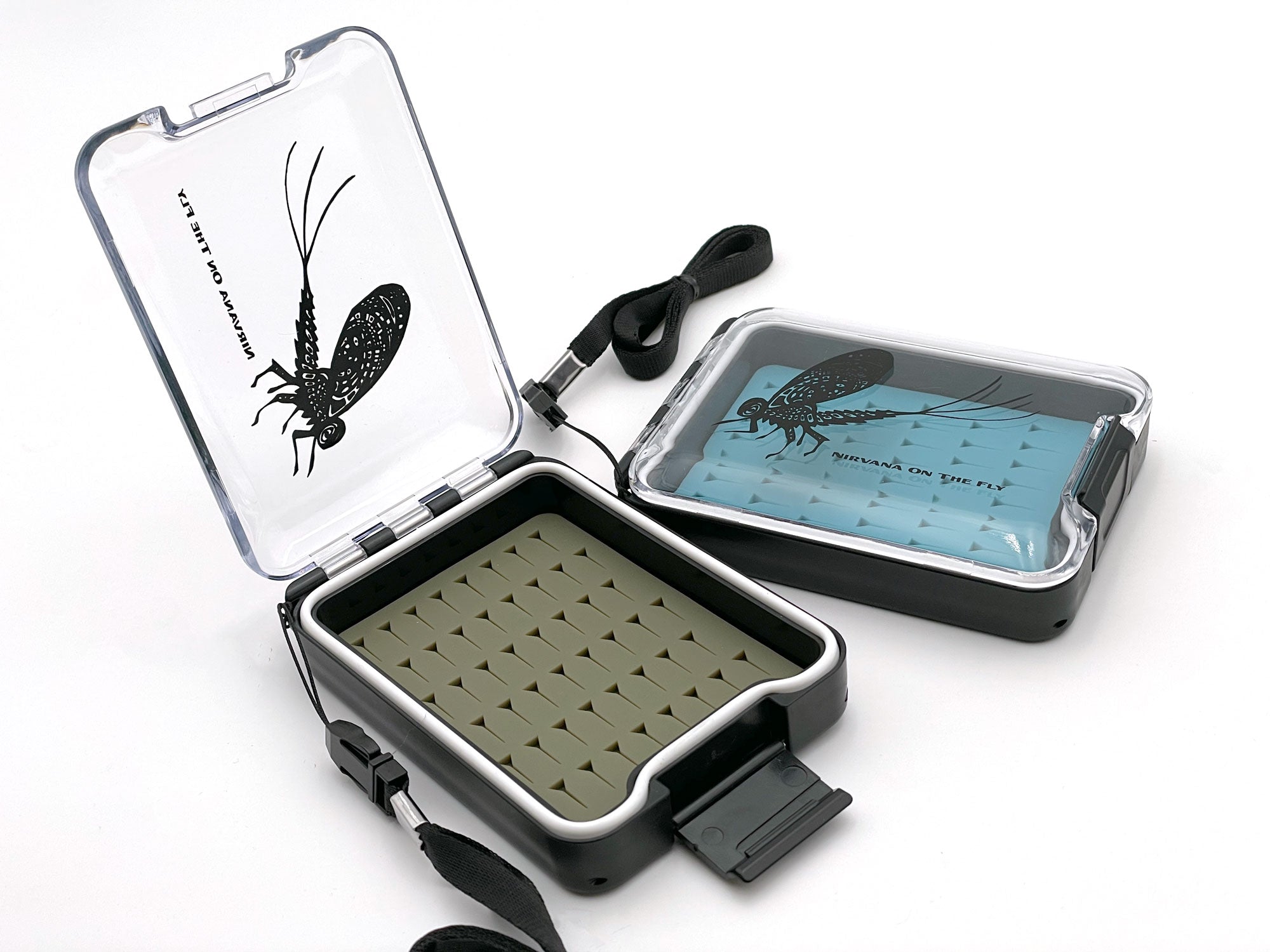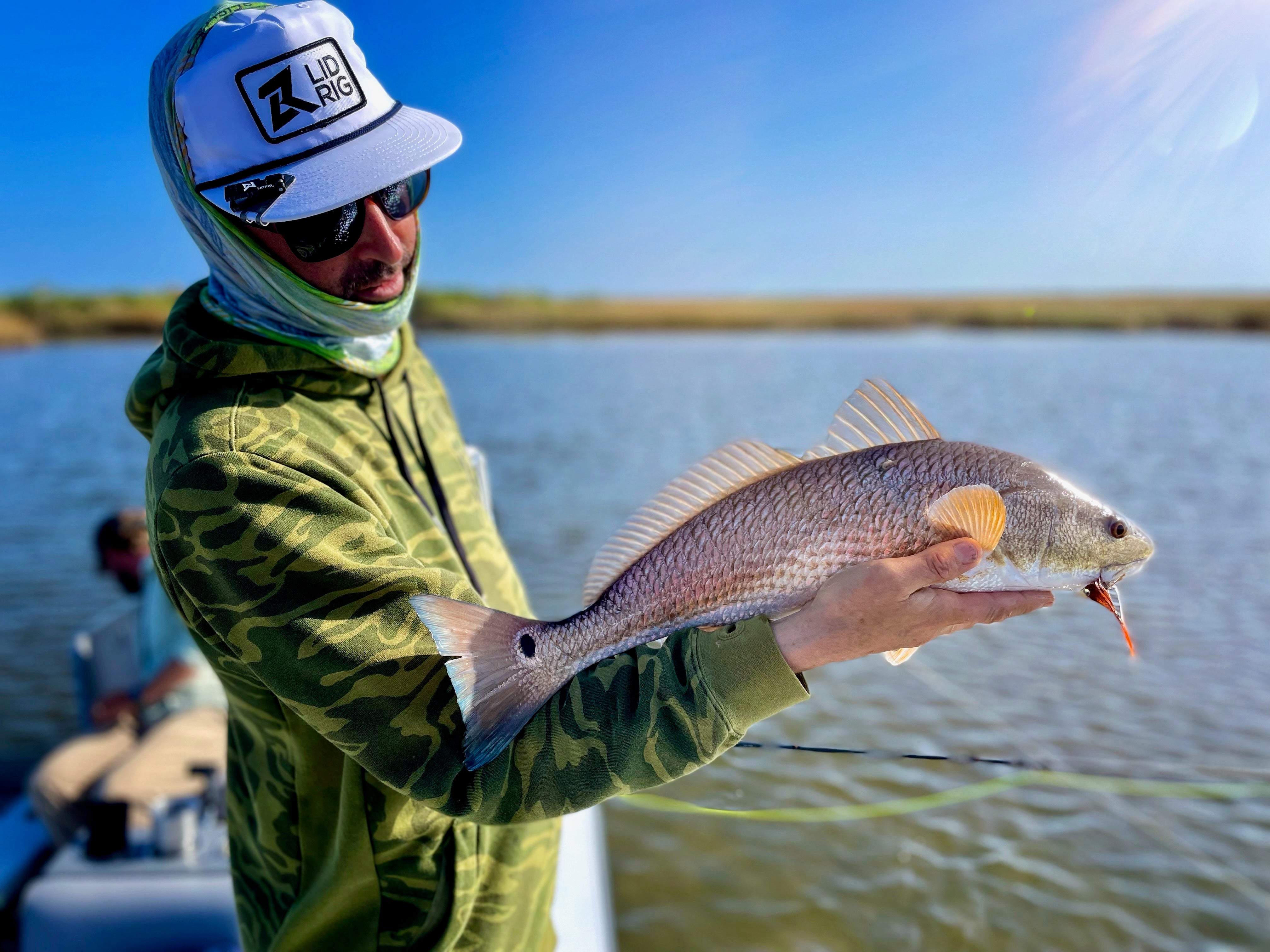When you start looking to purchase a new fly fishing reel, search for aspects related to quality, size, compatibility with a rod, and specific features that suit your fishing needs. I’m going to break down the key aspects so you can find a reel that is ideal for you and the goals and objectives you have. Here are the 7 key elements of fly fishing reels.
7 Fly Fishing Reel Key Elements
- Quality and Price: Fly fishing reels vary significantly in price, from around $50 to over $1,000 is the typical range to expect. With that kind of range, it is often hard to tell what is good or bad. The quality of the material and anodization, the design, the drag system, and the size contribute to this price variation. Despite the perceived complexity of fly fishing, the basic design principles of fly reels are quite similar across different price ranges and it is the finer details that set each and every offering apart from each other.
- Size and Compatibility with Rods: A crucial aspect is choosing a reel that can hold the necessary amount of backing and fly line for the weight of the rod you are looking to fit the reel to. For instance, a 5-weight fly rod should be paired with a fly reel that accommodates fly line weights from 4-6. The size of the reel is often a primary concern, especially in relation to the type of fish being targeted and the corresponding rod weight. For example, a saltwater rod would require a larger arbor and more backing to accommodate longer potential runs. Many people talk about weight and balance but that in my opinion is overblown as a priority. The weight of the size reel is often close enough and with line weight changes you can count on the fact that it is going to change overall weight significantly.
- Drag Systems: The strength of the target influences the type of drag system needed. There are two main types of drag systems: click-and-pawl and disc drag. Click-and-pawl reels are less expensive and have a simple mechanism, suitable for most freshwater fishing scenarios. They are a little less forgiving when looking to apply varying drag pressures. Disc drag systems are more modern, offering enhanced adjustability, and are preferred for larger, stronger fish in freshwater or saltwater environments. With large targets, drag is a paramount feature for controlling a stronger fish.
- Arbor Size: The arbor size refers to the diameter of the spool. Large arbor reels have become standard in design as they pick up more line per rotation, ideal for big game fish that can take a lot of line out quickly. In contrast, a smaller arbor might be sufficient for fishing in environments like beaver ponds where large line capacities and quick line retrieval are not as critical. More and more smaller reels are now being offered with larger arbor reels because the disadvantages just don’t apply as long as the weight and compatibility match up.
- Reel Manufacturing and Construction: Fly fishing reels are typically manufactured in two ways: die-cast and machined. Machined reels, carved from a solid block of material, are generally perceived to be more durable, while die-cast reels are formed by filling molds with molten metal. The manufacturing process affects both the price and perceived value of the reel. The former being the less expensive and the latter being the more expensive. However, the uniqueness of machining is the ability to be so precise in the varying axes of development. That means they can be lighter, designed with fewer limitations, and out of varying materials.
- Versatility with Extra Spools: Adding an extra spool to a fly reel can provide versatility, allowing anglers to switch between different types of lines without needing multiple reels. We all aren’t made of money so the ability to adjust a reel at a lower cost can often be the reel. Some reels even offer caset spools which are inexpensive and allow you to carry multiple lines for a rod. These have become particularly common and helpful for stillwater anglers who want to have the ability to change line types based on where fish are feeding in the thermocline. Extra spools are also particularly useful when fishing in varied conditions or targeting different species.
- Warranty and Brand Reliability: Finally, a significant aspect to be considered is the warranty offered by the manufacturer. Quality brands that offer lifetime warranties are generally preferred as they stand by their products, indicating reliability and durability. The reality is that there are few warranties ever needed and most don’t cover things outside of manufacturer's defect. Even lifetime warranties have limitations on them. Instead, I like to look for quality assurance and know that the manufacturing is solid and repeatable.
Collectively use these 7 elements as a consumer in making informed decisions when purchasing a fly fishing reel. Select a product that aligns with the specific fishing needs and preferences you are looking for and remember that 90 percent of the time your rod is purely holding your line. However, it is that last 10% of the time that it’s helping you land the fish of a lifetime so take searching seriously and don’t underestimate the power of a reel when the details matter. Last but not least, many manufacturers contribute to conservation. Knowing that a small portion of your purchase goes toward supporting the conservation of its existence is a worthy asset to consider when purchasing.
I've shopped around for fly fishing reels for many years now and have talked to countless friends and pros about what to use. There are not to many tried and true brands that I've found and every day there seems to be a new reel company. Here are a few brands and retailers that I trust and will get you into a solid reel with a bit of due diligence.
Cheeky Fly Fishing Reels
Hardy Fly Fishing Reels
Peux Fly Fishing Reels (This brand specializes in automatic retrieve and multiplier reels...they are unbelievable.)
Greys Fishing
Ross Reels
Moonshine
Orvis
Lamson
Nautilus
Trident Fly Fishing
Backcountry.com
You’ve been reading along and learning a ton about fly fishing reels. Have you read all the other articles in this guide program?
Fly Fishing Reels: Overall Guide | Fly Fishing Insider Podcast
Fly Fishing Reels: Part 1 - Understanding Quality and Price | Fly Fishing Insider Podcast
Fly Fishing Reels: Part 2 - Compatibility and Size | Fly Fishing Insider Podcast
Fly Fishing Reels: Part 3 - Drag Systems | Fly Fishing Insider Podcast
Fly Fishing Reels: Part 4 - Arbor Size | Fly Fishing Insider Podcast
Fly Fishing Reels: Part 5 - Manufacturing and Construction | Fly Fishing Insider Podcast
Fly Fishing Reels: Part 6 - Extra Spools and Versatility | Fly Fishing Insider Podcast
Fly Fishing Reels: Part 7 - Lifetime Warranties and Brand | Fly Fishing Insider Podcast
FFIP does receive a small commission from affiliate sales links. However, not all links are directed towards affiliate programs as I stay neutral and base recommendations more so on my own experiences. These commissions are used to support the FFIP expenses related to maintaining and hosting the show, blog, etc. Thank you for your support and by purchasing through the links within my articles when applicable!

By Christian Bacasa
Host of the Fly Fishing Insider Podcast
www.ffipodcast.com
@flyfishinginsiderpodcast
@dupeafish
Watch on YouTube


